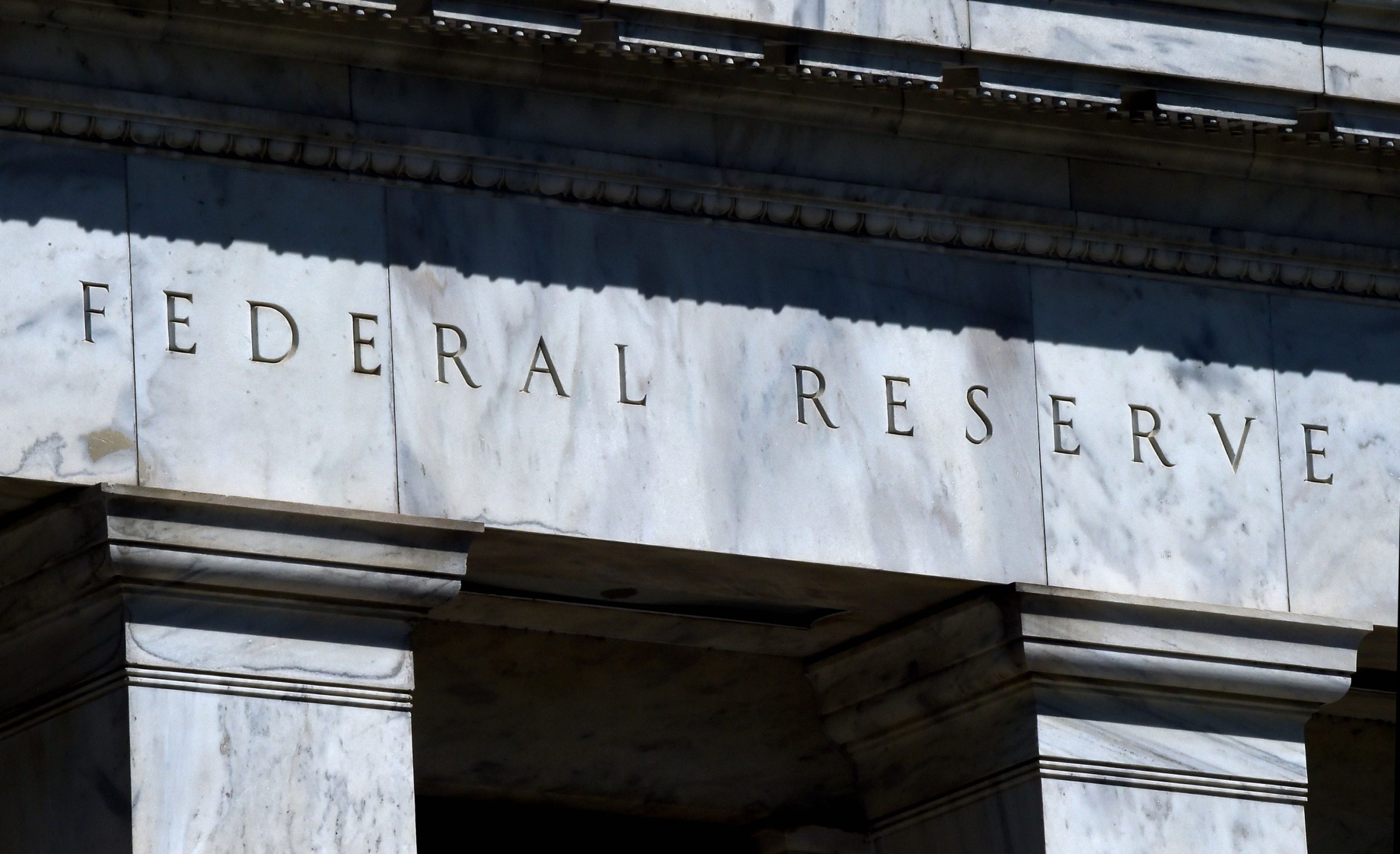The U.S. Federal Reserve (Fed) policymakers on Wednesday left interest rates near zero and vowed to do what it takes to shore up the economy, saying the ongoing coronavirus pandemic will “weigh heavily” on the near-term outlook and poses “considerable risks” for the medium term.
Following the two-day Federal Open Market Committee (FOMC) meeting held via videoconference because of the coronavirus pandemic, the central bank said it would maintain its current interest rate target between 0% and 0.25%.
With so much uncertainty around the economic outlook, the Fed said it expects to maintain the target range for its benchmark overnight lending rate “until it is confident that the economy has weathered recent events and is on track to achieve its maximum employment and price stability goals.”
“The Federal Reserve is committed to using its full range of tools to support the U.S. economy in this challenging time, thereby promoting its maximum employment and price stability goals,” the bank said in a statement.
It said the coronavirus pandemic has already caused “tremendous” health and economic hardship, and warned the damage to the U.S. economy will continue. The crisis “will weigh heavily on economic activity, employment and inflation in the near term, and poses considerable risks to the economic outlook over the medium term,” the statement read.
‘U.S. economy may see unprecedented drop in second quarter’
Fed Chairman Jerome Powell said in a virtual press conference following the central bank’s policy decision that the U.S. economy may see an “unprecedented” drop in the second quarter. The central bank is working to ensure recovery is as “robust” as possible, he added.
“It may well be the case that the economy will need more support from all of us if the recovery is to be a robust one,” Powell said. “Will there be a need to do more though? I think the answer to that would be yes.”
“We have a number of dimensions on which we can still provide support to the economy as you know our credit policies are not subject to the specific dollar limit,” he said. “They can be expanded as needed and we can do new ones, so we can continue to be part of the answer.”
“We can do what we can do, and we will do it to the absolute limit of those powers,” Powell added.
Fed officials have already taken a range of extraordinary actions that have propelled them into new corners of the economy and elevated their bond-buying to new heights.
The central bank in March slashed its benchmark interest rate to near zero and escalated its purchases of Treasury and mortgage-backed securities to pump cash into financial markets to smooth the flow of credit. It has also said it will buy corporate bonds and lend to states and cities – two actions it has never previously taken.
Crisis unlike any other
Yet this crisis is unlike any other, and it comes against a backdrop of horrific economic data.
The economy contracted in the first quarter at its sharpest pace since the Great Recession, ending the longest economic expansion in the nation’s history, the Commerce Department reported on Wednesday.
Plunging consumer spending on the back of widespread stay-at-home orders to curb the spread of the virus helped drive a 4.8% decline on an annualized basis in first-quarter gross domestic product. The economy had grown at a 2.1% pace in the final three months of 2019.
More than 26 million Americans have sought unemployment benefits since the viral outbreak shuttered much of the U.S. economy in mid-March. Retail sales fell by a record amount in March. Home sales have plunged.
Economists have forecast that the economy may be shrinking at an annual rate of between 30% and 40% in the current quarter and that the unemployment rate could range as high as 20% for April. That would be the highest jobless rate since it was 25% during the Great Depression.
As economic activity has collapsed, inflation has also begun to fall. Economists expect it to drop below 1% by next year, far under the Fed’s 2% target level. That poses another problem for the Fed: Declining prices can eventually lead consumers to delay spending, thereby slowing the economy further.
Most U.S. states still have stay-at-home measures, though a handful are beginning to reopen even as cases of COVID-19, the respiratory illness that has killed more than 57,000 people in the United States, continue to grow.
Many health experts have also begun to predict a seasonal resurgence of COVID-19 in the fall, whatever containment measures are put in place, raising the possibility that stay-at-home restrictions may need to be reintroduced, and with them, a new downturn in economic growth.
Last Updated on Apr 29, 2020 10:25 pm










Discussion about this post